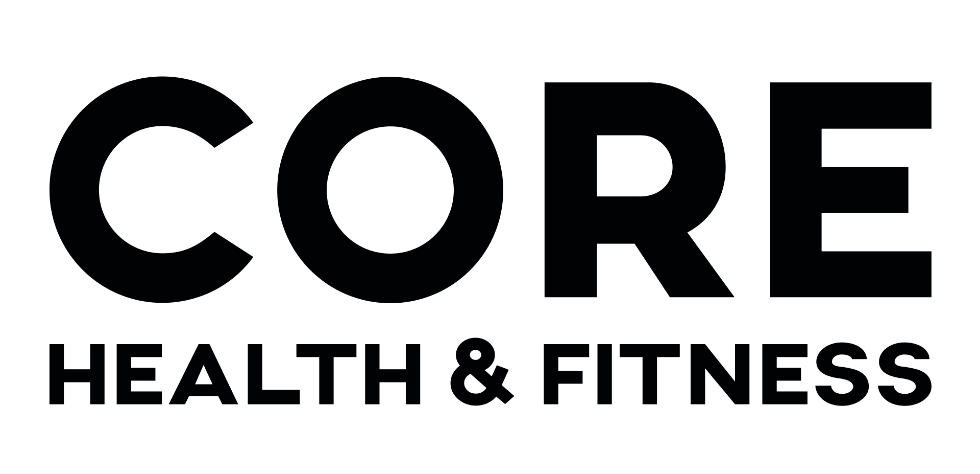Being able to scale your fitness routine, whether you’re a seasoned professional or a weekend warrior is super important to the longevity of your ability to move your body and feel good. Preventing burnout and injury are also benefits enjoyed by everyone thanks to workouts that can be customized according to fitness levels.
Being a fitness professional with both personal clients and classes that range from 20–50 people at any given time, I know there is an art to scaling. What I love about scaling is that it provides a broad appeal because people of all ages and abilities can work side by side, getting the same workout but in a safe and fun environment. But before we even get there, let’s be clear. Scaling is NOT: cheating, phoning it in, or embarrassing. Let’s focus on the last one. A lot of folks, especially in group settings, have feelings of embarrassment when they cannot perform the workout as prescribed. I hear a lot of instructors, and I have done this myself, say, “the modification for this, if you can’t do this, is…”, that doesn’t really feel good to hear when you are trying your best to keep up. A better way of saying this would be, “Folks, I realize this is a demanding movement; if you’re looking for an option, join me here.” This way, the whole group has an open invitation to choose where they want to be and where they are at. Again, this provides less risk of injury and, more importantly, fuels the feelings of success in the workout, which means clients and participants are going to come back again because of how they felt empowered by the workout. The art of scaling provides everybody with the opportunity for a quality, safe, and fun workout that still ends up being smart, intentional, and purpose-driven.
From the perspective of the fitness professional, client, or class alike, the professional must be able to read the room and scale up or down accordingly. Like any good fitness pro, there should be a plan in place for your class or client, but this plan should be at the ready for sudden changes due to environment, ability, illness, injury, etc.
- So how can the fitness pro scale the routine skillfully?
1. Read the room—if there are a lot of new people or if the client has not had much experience, be ready to hard turn to the left and adjust the plan.
2. Load—either the weights go up or go down.
3. Volume – Either increase or lower the number of sets/reps
4. Movements – Replace movements with similar ones that achieve the same effect.
Often times, when I am mentoring a new instructor or one of the interns at the wellness clinic I train out of, I hear, “If this reverse lunge is not good for you, drop down and plank it out or do bicep curls.” Why would there be a completely different muscle group or objective for the option when, in reality, we are looking to create change in the lower body? A better option would be, “If the reverse lunge is not feeling friendly in your body, try taking it to a squat and just meet yourself right above parallel with depth.” This way, they are still working similar muscle groups and achieving the same objective, as opposed to feeling out of place and doing something completely different from the rest of the room or your personal client being thrown around like a ping pong ball with the workout’s overall goal.
When the average gym-goer hits the gym, they usually show up with a routine (now mostly found on various social media channels or apps) ready to “crush it.” Most of these individuals that I observe tend to workout with an ego. In other words, “I should be able to do this just like this instructor.” As stated earlier, being able to scale is an art, but when applied, it provides a workout that is safe, smart, and will still challenge a person but without the risks involved with doing too much too soon. This population is the hardest to convince to learn how to scale because of the “no pain, no gain” mindset. However, this is also the population that I find to have the most injuries because of their inability to honestly answer themselves about their current abilities and their lack of knowledge about how to program for themselves. So instead of doing 3 sets of 20 reps, the option could be 2 sets of 20 reps or 3 sets of 10-15 reps.
- Creating a landscape for success and building momentum is simple with these scaling principles:
1. A realistic understanding of ability.
2. Targeting the same muscle groups in modifications.
3. Being prepared with options for quick changes.
4. Educating that it’s “ok” to choose different levels based on the need for that day.
Core Health & Fitness has the best brands, making robust equipment. With these machines, it is easy to create routines that meet individual needs. As a Master Instructor, I love seeing more people eager to improve their health through fitness. I am happy to coach someone on using fitness equipment or in one of my classes. My encouragement to you is to implement scaling into the workouts and training that you offer. Become an expert at knowing your clients and the machines they use to build your business. Scaling is the key to your training success.







